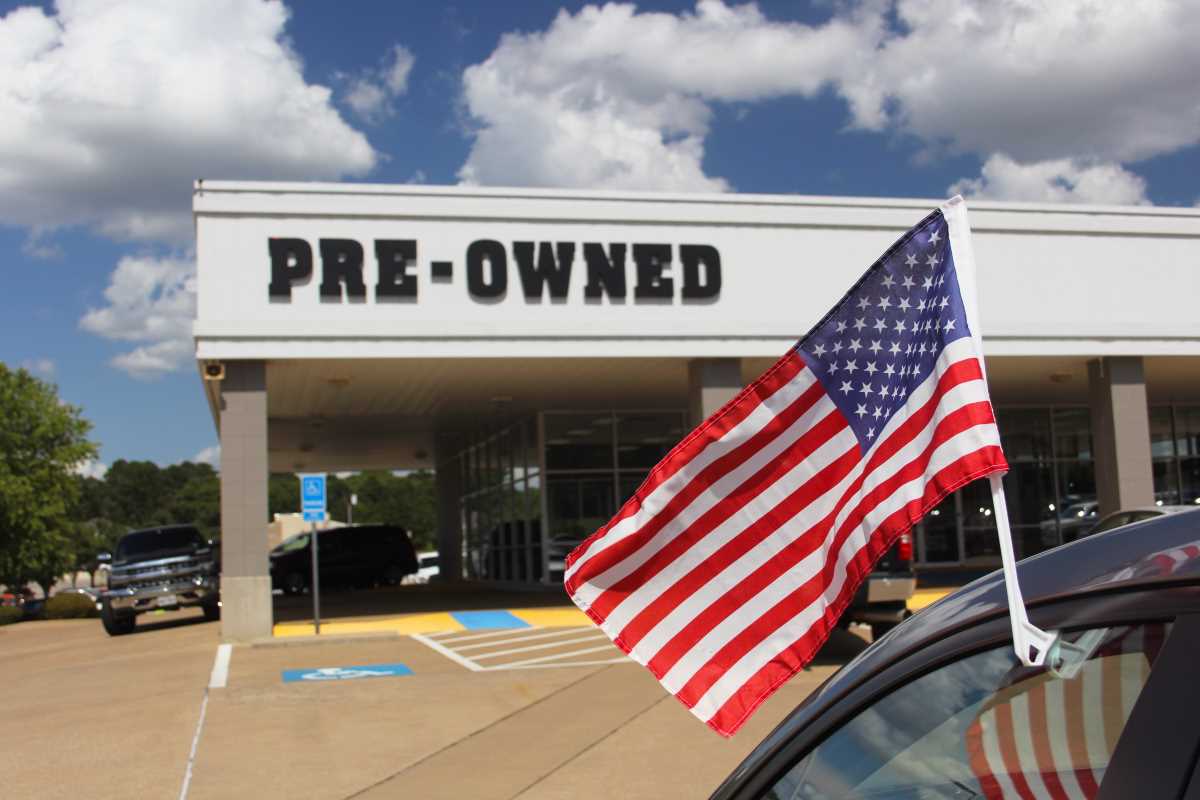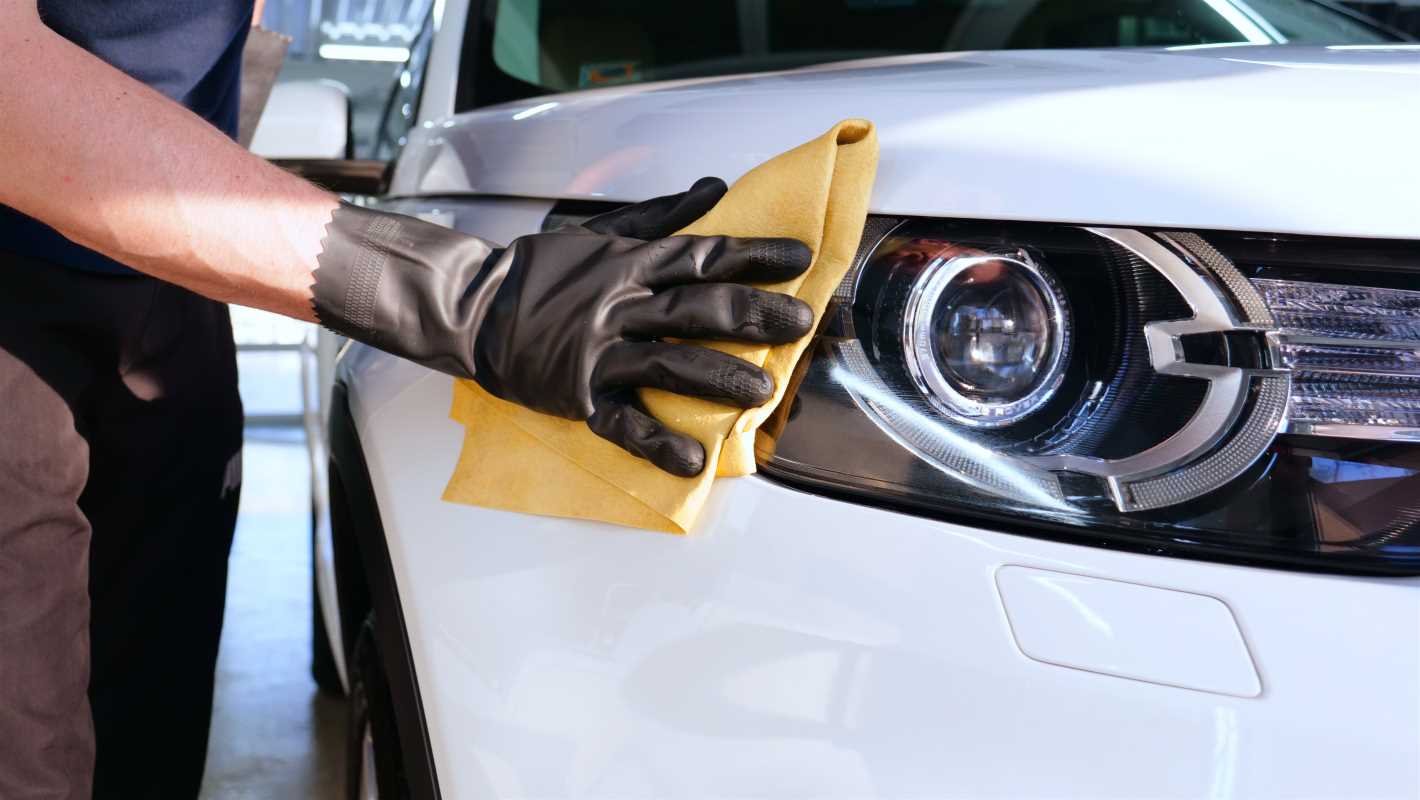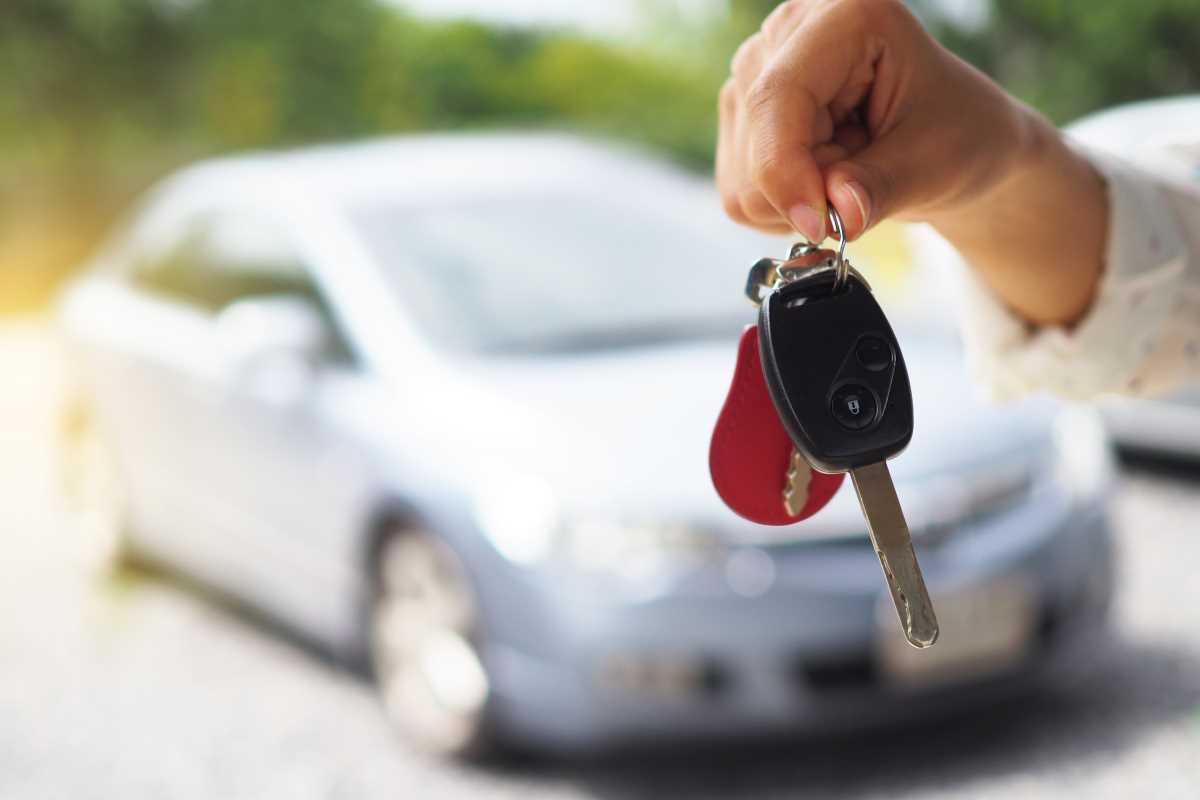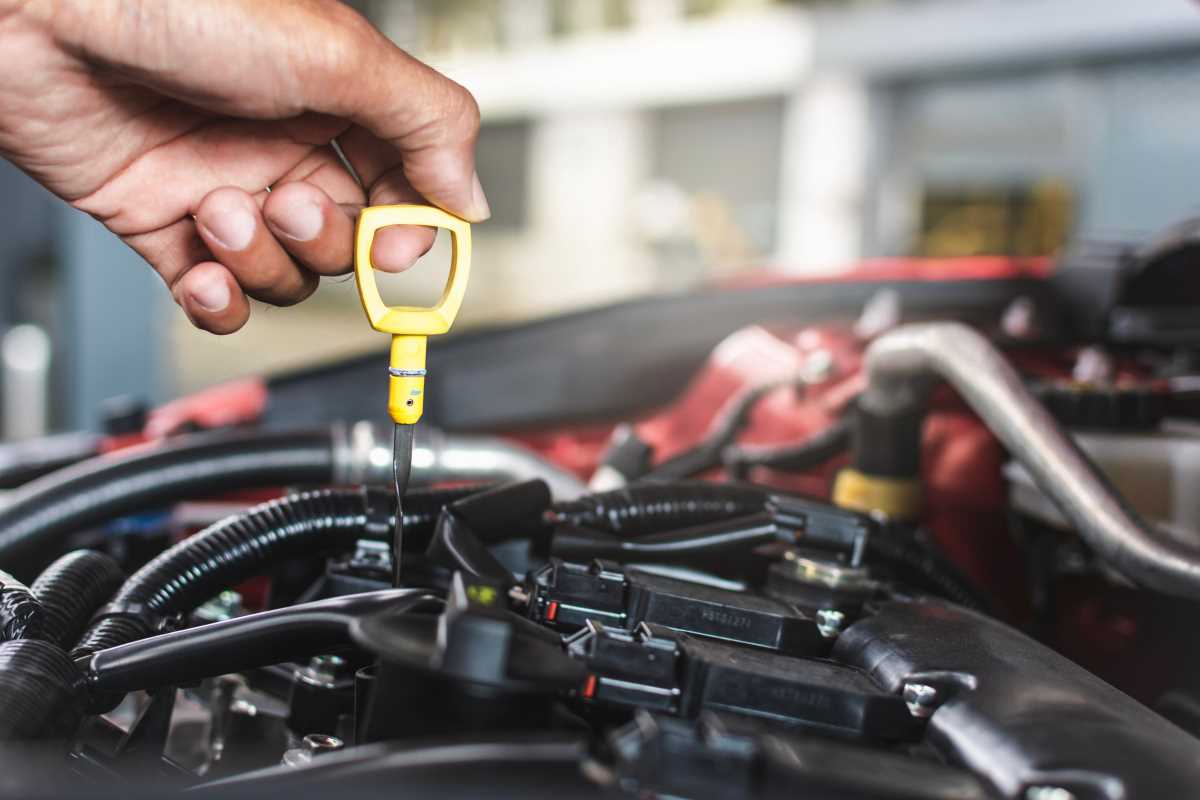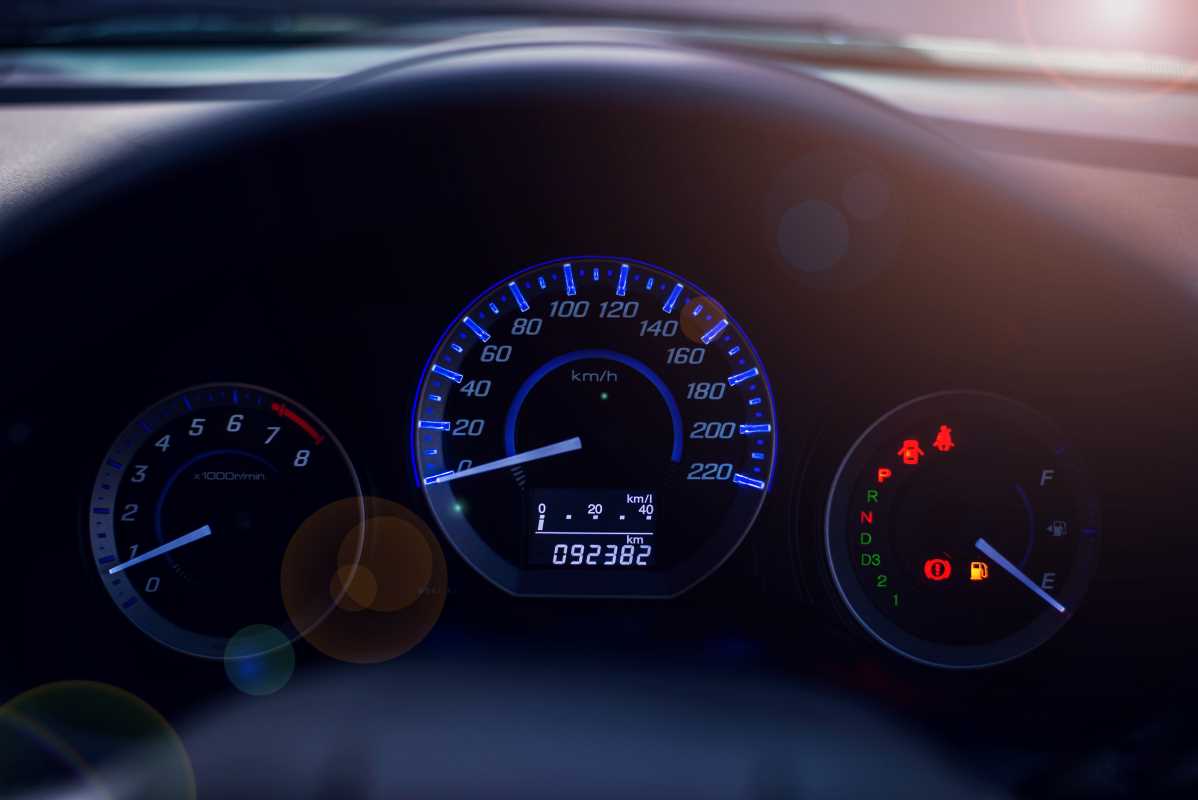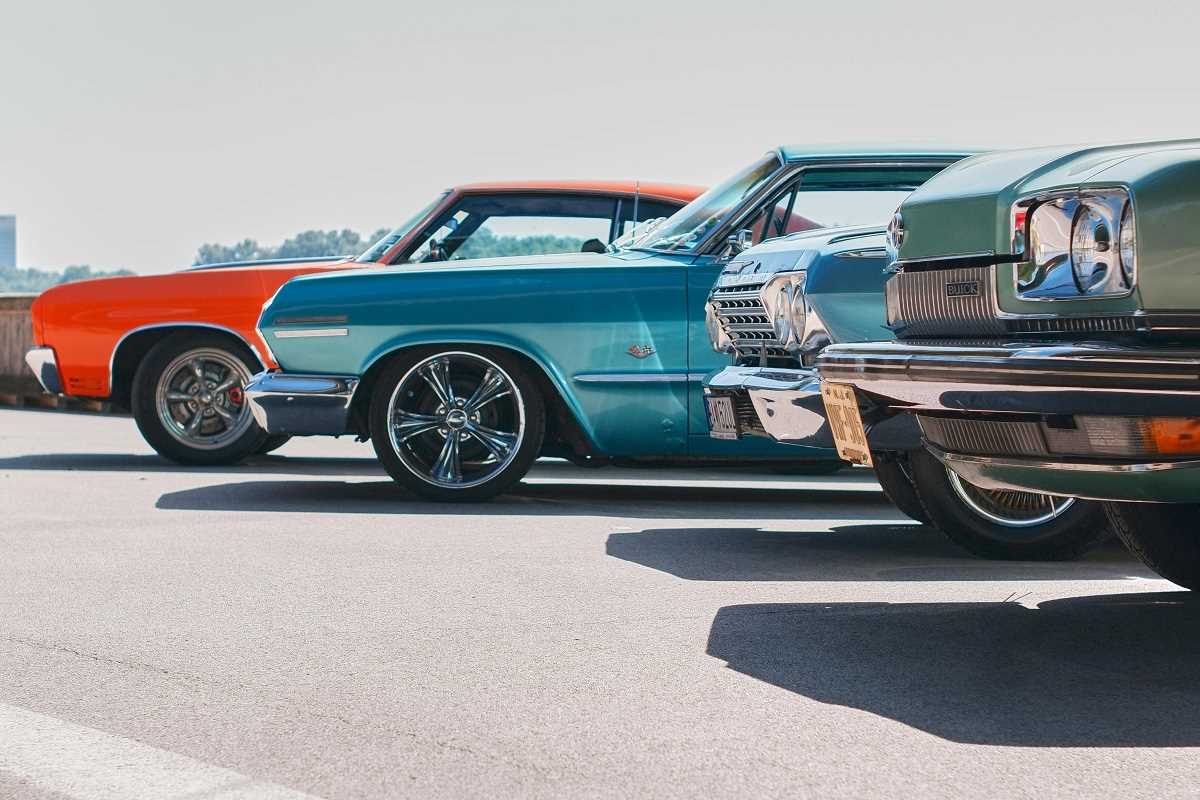When it comes to owning a car, one question inevitably crosses every driver’s mind at some point: "How much is this thing going to be worth when I’m ready to sell it?" Cars are big investments, and their value doesn’t stick around forever. However, you do have some control over how much depreciation hits your vehicle. A lot of it boils down to how well you take care of the car, and that includes making smart decisions when it comes to upgrades and repairs. Whether you’re thinking of adding shiny new features or just keeping things running smoothly, how you handle these changes can make or break your car’s resale value. Let's dig in and see how repairs and upgrades have a lasting impact on what your car will be worth later on.
Regular Maintenance Pays Off
If you’re thinking that skipping oil changes or neglecting worn-out brake pads won’t matter much, think again. Routine repairs and regular maintenance are critical for keeping your car’s value intact. When you neglect basic upkeep, parts wear out faster, leading to more significant (and expensive) issues down the line. For example, letting small leaks or weird noises go unchecked can turn a relatively cheap fix into a big-ticket repair that scares off future buyers.
Maintenance records also come into play when you’re ready to sell. A well-documented history of timely oil changes, tire rotations, and repairs gives potential buyers confidence that the car has been well cared for. This peace of mind can be the difference between commanding top dollar and settling for less than you’d hoped.
Think Twice About Flashy Modifications
Upgrades can be tricky. On the one hand, people love the idea of adding some personality to their cars. Maybe you’re a fan of custom rims, massive spoilers, or eye-popping paint colors. But before you decide to make big changes, think about what buyers may want when it’s time for you to sell.
The sad truth is that flashy upgrades often hurt more than they help. Customizations like neon underglow or booming sound systems might be cool now, but they usually narrow your car’s appeal to a smaller group of buyers. When you’re trying to sell, the person interested in your car might not share your taste in mods, and they’ll likely negotiate the price down to cover the cost of undoing those changes.
If you’re set on upgrading, think about adding features that will actually boost resale value. Practical upgrades, like a backup camera, parking sensors, or even a remote start system, are more universally appealing. These extras make your car a better investment for everyday buyers and can pay off in the long run.
The Importance of Keeping Things OEM
OEM, or "Original Equipment Manufacturer," parts might sound like just another piece of car jargon, but they’re a big deal when it comes to repairs and upgrades. When replacing parts, some drivers opt for aftermarket versions because they’re often cheaper. And while there's nothing inherently wrong with aftermarket parts, they can sometimes raise red flags for buyers.
OEM parts are designed specifically for your make and model, which means they tend to fit better and perform consistently. Plus, sticking to OEM parts shows future buyers that repairs were done with quality in mind. This can make your car more attractive when it’s time to sell, as buyers equate OEM parts with reliability and proper maintenance.
Repair Damage Immediately
Life happens, and so do small dents, scratches, and accidents. Maybe you accidentally backed into a mailbox, or perhaps a rogue grocery cart dinged your door. These things might seem minor at first, but letting them stack up can send the wrong message to potential buyers.
Visible damage makes a car look less cared for overall, even if the dents are purely cosmetic. Some buyers will see exterior flaws and immediately start wondering about what’s wrong under the hood. Fixing dents and scratches early will prevent rust and other problems from developing, giving your car a cleaner, more polished appearance when you’re ready to sell.
The same goes for cracked windshields, broken lights, or malfunctioning features like power windows. Even if fixing them seems expensive now, the costs can multiply when buyers use those visible repairs to chip away at your asking price.
Keep the Interior Looking Sharp
When it comes to resale value, the inside of your car matters just as much as the outside. Imagine stepping into a car with stained seats, worn-out carpeting, or a dash full of scratches. Not exactly appealing, right? Buyers will feel the same way.
Simple upgrades like replacing floor mats, deep-cleaning upholstery, or using protectant sprays on your dashboard can go a long way. Even a small investment in keeping your interior clean and tidy can make your car feel newer and more valuable. Potential buyers will see a well-maintained interior as a sign you’ve taken good care of the vehicle overall, which can help you secure a better price.
Timing Repairs to Match Market Trends
The timing of your repairs and upgrades can also have an impact on how much your car is worth later on. For instance, if you know you’re planning to sell your car in the near future, consider tackling repairs that could be dealbreakers for buyers, such as replacing worn-out tires or repairing a faulty air conditioner. On the other hand, if selling isn’t in the immediate future, you might be better off waiting to make costly upgrades closer to the sale date so they feel fresh and relevant.
Market trends influence how specific repairs or upgrades are perceived. For example, features like all-weather tires or heated seats might be especially desirable in colder climates. Tailoring upgrades to what buyers in your area are looking for at the time of sale can give you a competitive edge.
Avoid Overcapitalizing on Repairs
It’s natural to want your car to be in its best shape when selling it, but there is such a thing as overdoing it. Spending too much on upgrades or unnecessary repairs could mean that you’ll never see a return on that investment. For example, splurging on brand-new leather seats may hurt more than help if buyers don’t see them as essential.
A smarter strategy is to focus repairs and upgrades on items that directly impact the car’s functionality and safety. Keeping things balanced will ensure you retain value without overspending, keeping your investment worthwhile.

